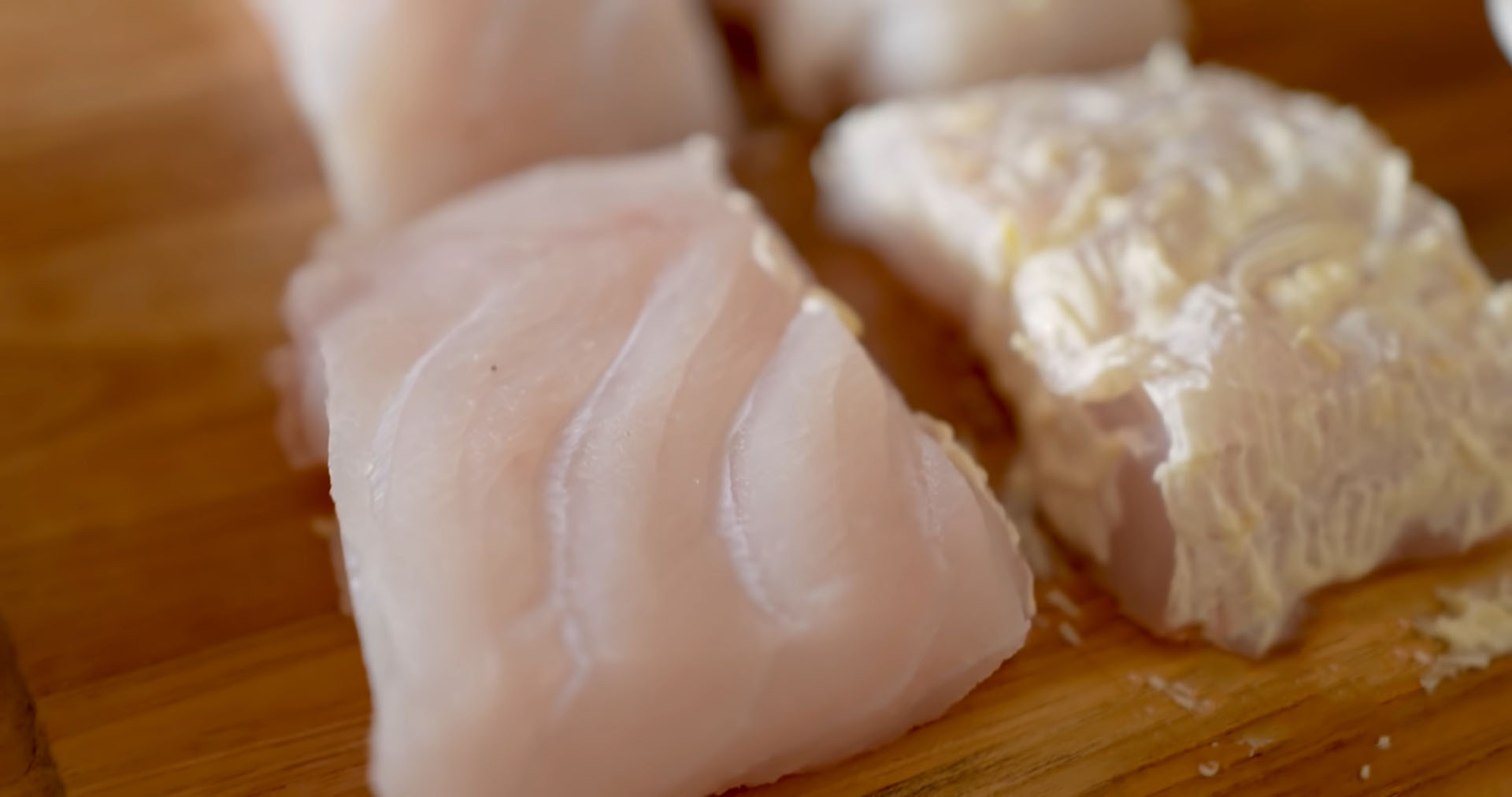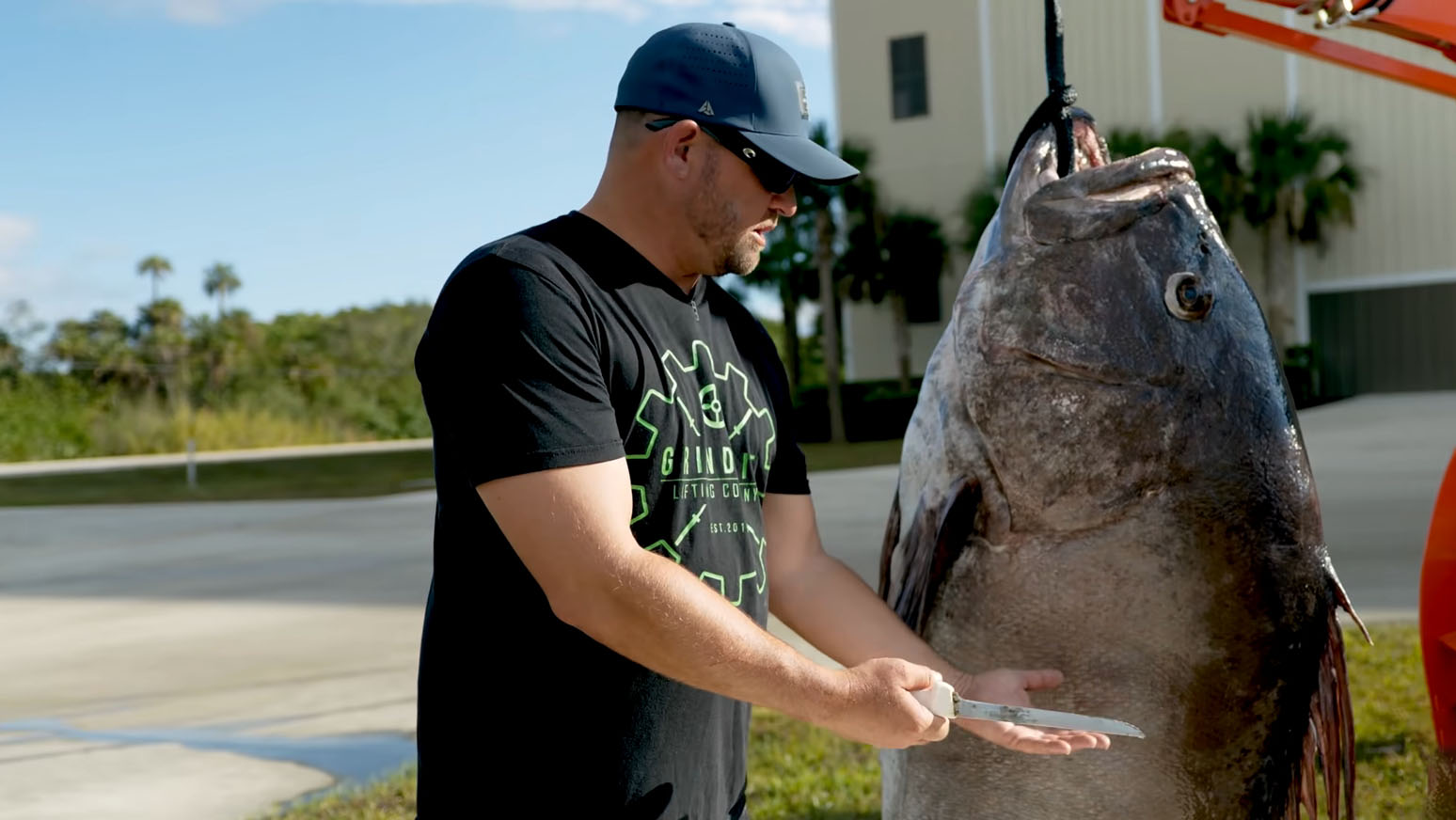The Goliath Grouper, a behemoth of the marine world, has a storied history intertwined with conservation efforts.
Once on the brink of extinction due to overfishing, this species has seen a resurgence thanks to stringent protective measures.
In recent years, however, there has been renewed interest in harvesting Goliath Grouper, sparking debates among conservationists, anglers, and policymakers.
Is Goliath Grouper Safe to Eat?
While Goliath Grouper may be an appealing catch, significant health risks are associated with consuming this species, primarily due to its high mercury content, around 765 micrograms.
Mercury accumulation in Goliath Grouper occurs because they are long-lived apex predators, consuming other fish that also contain mercury.
As a result, the concentration of mercury in their tissues can reach levels that pose serious health risks to humans.
Experts warn that consuming Goliath Grouper can lead to mercury poisoning, with symptoms ranging from cognitive impairments to more severe conditions like kidney damage.
One particularly concerning risk is the potential for mercury to cause erectile dysfunction, making it a significant health consideration for those thinking about eating this fish.
Despite these risks, some still argue that moderate consumption may be safe if done infrequently.
Most health professionals recommend avoiding consumption altogether, especially for vulnerable groups like pregnant women and children, due to the potential for long-term health effects.

Regulations and Legal Considerations
The 2024 Goliath Grouper season marks a significant shift in the management of this species, as a limited harvest program has been introduced.
The program allows for a controlled number of Goliath Groupers to be legally harvested, aiming to balance the species’ conservation with the demands of recreational fishing. The harvest is strictly regulated, with a lottery system in place to issue permits.
Each permit holder is allowed to harvest one Goliath Grouper per season, with specific slot limits ensuring that only certain sizes of fish can be taken to protect breeding populations.
The lottery system is designed to limit the number of fish taken, and there are associated costs for the permits, making it an exclusive opportunity for anglers.
There are stringent gear restrictions, including the prohibition of powerheads and spearguns, and designated harvest zones to minimize the impact on the population.
However, this has also led to concerns about the potential impact on the species, highlighting the need for ongoing monitoring and adjustments to regulations as necessary.
Culinary Considerations

Goliath Grouper, despite the health risks, is often lauded for its culinary qualities. The fish has a mild flavor and a firm, meaty texture, making it versatile in various recipes.
Smaller Goliath Groupers, often referred to as “juveniles,” are said to have a more tender texture and a milder taste, which many chefs prefer.
Larger Goliath Groupers, while still flavorful, tend to have a coarser texture, which some diners may find less appealing.
In other countries where Goliath Grouper or similar species are consumed, common preparation methods include grilling, baking, or frying. In some cultures, the fish is used in stews or soups, where its firm texture holds up well.
Many chefs and food enthusiasts recommend exploring alternative species that do not carry the same health risks, especially given the concerns about mercury.
Fishing Challenges and Techniques
Catching a Goliath Grouper, especially one within the legal slot size, poses significant challenges for anglers due to the fish’s size and strength.
- Massive Strength: Goliath Groupers are not only large but also incredibly powerful, often putting up a fierce fight when hooked.
- Behavior and Habitat: To successfully harvest a Goliath Grouper, it’s crucial to understand its behavior and preferred habitats. These fish are typically found in deep waters near structures such as wrecks, reefs, and ledges, where they can use their surroundings to their advantage.
- Heavy Tackle Required: Anglers targeting Goliath Grouper must use heavy-duty tackle capable of withstanding the immense force these fish can exert.
- Effective Bait Choices: Live bait, such as large mullet or jack crevalle, is often the most effective for attracting Goliath Grouper.
- Strategic Battle: Once hooked, bringing a Goliath Grouper to the surface requires not just strength but also strategy. These fish will often attempt to retreat into underwater structures, making it essential to act quickly and decisively to prevent them from entangling the line.
Successful anglers know that a combination of patience, strength, and quick decision-making is key to landing a Goliath Grouper.
The Bottom Line
The Goliath Grouper’s story is one of recovery and renewed interest, but it also raises significant questions about health, conservation, and ethics.
While the prospect of harvesting this iconic species may appeal to some, the associated risks and broader ecological implications cannot be ignored.
Ultimately, the decision to eat Goliath Grouper should be made with careful consideration of all factors involved.
Also Read: For those interested in sustainable living, learn more about how to forage for food in the wild here.

